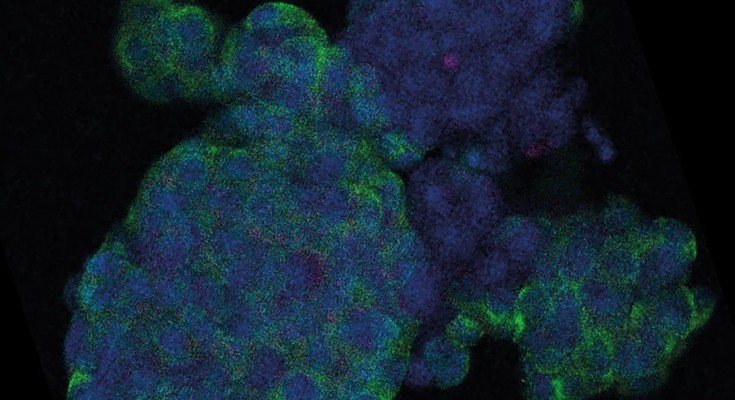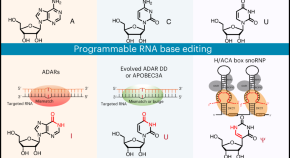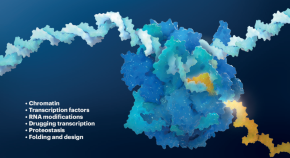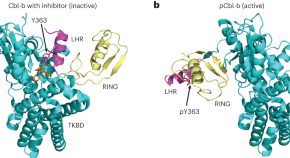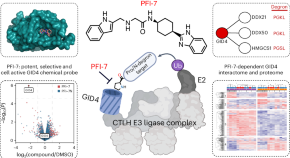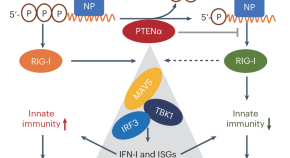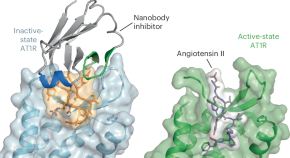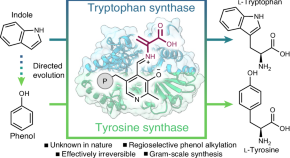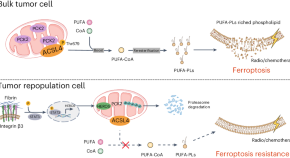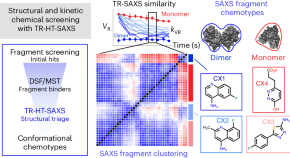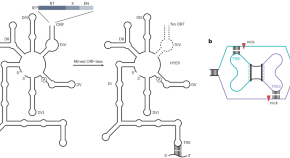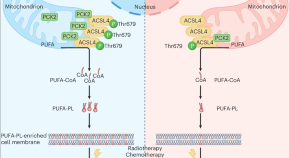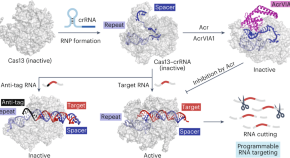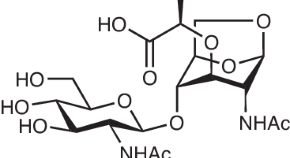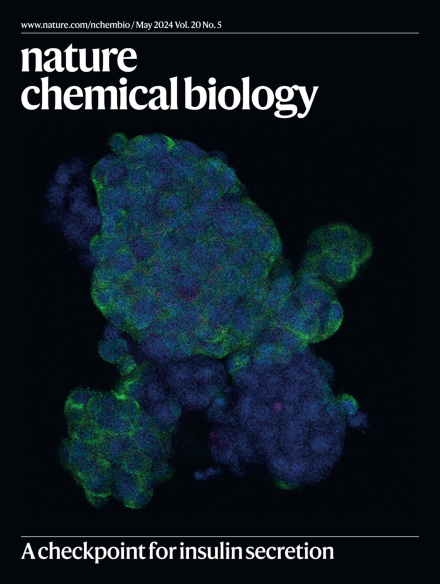
Announcements
Advertisement
-
-

A key to unlock ubiquitin ligase function
Reliably identifying ubiquitin ligase interactors and substrates has been a persistent challenge in cellular biology. A breakthrough comes in the form of a potent, selective and cell-active chemical probe, shedding light on the intricate functions of a key regulatory enzyme.
-
-
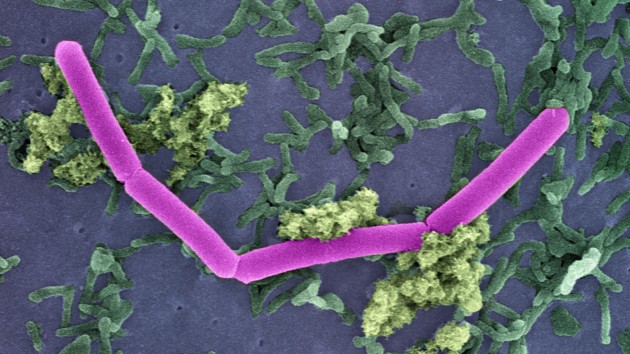
Chemical Biology of Microbiomes
Interspecies communication in complex microbiome environments occurs through the small molecules, peptides, and proteins produced by both the host and the microbial residents, as highlighted in this collection of recent articles from Nature Portfolio.

